
“The Beast of Bellard” – Out of the Box D&D Encounters #43
 This game is filled with a lot of preconceptions. Monsters are viewed, many times, in a singular way. Orcs are savages. Goblins are cowards. Trolls are unintelligent brutes, and the only way to beat them is with fire or acid.
This game is filled with a lot of preconceptions. Monsters are viewed, many times, in a singular way. Orcs are savages. Goblins are cowards. Trolls are unintelligent brutes, and the only way to beat them is with fire or acid.
This is a product of the long history of D&D. This game has a lot of back story based in player and DM experience, and has influenced movies, novels, games, and pop culture since its inception. That is both good and bad. It’s good to know your fave hobby has had such an impact, but it’s bad when the preconceptions become not only the norm, but expected. That removes the magic of discovery we experienced players envy in the most nostalgic way when we see a new player discover something we’ve seen a thousand times. We look at that new player with a sense of wonder and miss that feeling.
This line of encounters, I hope, breaks some preconceptions from time to time and gives the experienced player that refreshing feeling of having their experiences turned on its ear – if only to have that “eureka” moment one more time.
To do this, it’s important to not only be willing to take things in new directions, but read the fine print. Be willing to give your monsters the benefit of the doubt, give them souls and thoughts and wants. Make them “someone,” not just “something.” When you do that, the world is your oyster. The side effect of this may well be that you end up creating a series of great side-villains that can show up from time to time and give your players that same feeling that comic book readers get when they see that “The Vulture,” “The Riddler” or “Price Robot” are up to no good again. It makes them feel more like heroes because they start to develop their own rogues gallery of enemies.
This encounter, then, takes one of those monster tropes, reads the fine print, gives the monster a motivation, and generates a villain that may or may not return – perhaps different than the last time – all depending on the actions of the DM or players in question.
In this case, we use the much-used and stereotyped Troll. This monster is almost always seen as the idiotic cannibalistic savage that only stops when someone holds a torch. We now ask the old question “what if.” The fine print under “Troll Freaks” refers to mutations brought on by what a Troll eats. That made me think of the villain “Sylar” from the “Heroes” TV series. What if a Troll ate something and mutated in a positive way? What if that Troll gained some measure of intelligence or understanding of what just happened … and wants more? Now you have a villain who, like the player characters, gains a story arc, a motivation, and may or may not increase in power level (again, based on DM and player actions). That makes an already dangerous foe in a basic melee sense a MUCH more dangerous foe in an overall sense. This troll may seek to feast upon creatures, other monsters, NPCs, or even the players to try and inspire a new and positive mutation that increases its power.
More specifically, this Troll is the Beast of Bellard. He has already consumed one or two creatures in his ongoing life experiment, so when the players encounter him, he’ll already be something more than the standard Troll. Now, despite this being called the Beast of Bellard, there will not be any reference to a community of Bellard. This in an encounter. Not a town. Feel free to make this The Beast of Your Town, wherever that town or village may be. That’s the beauty of this encounter. This Troll could have any number or variety of mutations and locations – all based on the DM’s needs. For this encounter, we’ll give the Troll two creature-based mutations that are not only plausible, but capable of making this Troll a handful. The Beast has fought, defeated and eaten an Ettin for control of this territory. Now he has two heads. The Beast also cleared out a ruin of Hobgoblins, killing and eating many, including a Captain. Now he’s not only two-headed, but smarter than the average Troll. This, arguably, is the Troll’s greatest score to date. The Beast now not only gains greater self-awareness, but ambition and some tactical sense.
Environment: Forested hills
Suggested level: 5-7 (Potentially higher given the number of mutations)
Description: In an effort to assist the beleaguered citizens of Bellard (or other community of the DM’s choice), the players have undergone a search of the surrounding hills and forests. The mixed woodlands of hard and softwoods have not been harvested by woodsmen for fear of the Beast for some time now. Undergrowth has begun to choke the spaces between the larger trees, making passage difficult. The canopy of ash and poplar, mixed with spruce and fir cast a near constant shade throughout. Crows and ravens fill the canopy with echoing caws and black flies pester the ground life with itching bites.
Despite success in finding some of the traces of what would be a wandering beast of some kind (animal carcasses, dung, broken branches and other traces), the Beast has avoided capture at this point. It has so far avoided being successfully tracked by local hunters by sticking to the trees. The Beast’s long arms and strong grip, combined with newfound cunning from some recent victims, have facilitated a completely new hunting dynamic. Some unwary hunters who have braved the woods in search of the creature have been grabbed from above and turned into a screaming meal high over the ground. The bones and clothes were discarded below in an attempt to throw off any future attempts to ascertain its methods.
Movement through the woods is considered Difficult Terrain. Certain Rangers and magical methods can overcome this. The specifics of those methods are widely varied, so it’s up to the individual player and DM to resolve this issue. For those who insist on trying to track the Beast, feel free to allow Survival rolls. Keep track of time while doing this. The result of that Survival roll depends on how high they roll. They will make one Survival roll every ten minutes of movement through the woodlands.
DC: 15 A pile of broken and gnawed bones covered in ants. 50% wild animal, 25% domestic
animal, 25% human.
DC: 17 Small scraps or rags of clothes hanging from a high (6’-10’ from the ground) branch.
DC: 20 Smaller branches in the higher canopy (20’-30’) have been sheared off.
DC: 25 Claw marks high in the canopy.
The character(s) using Survival will need a minimum of three successes of 20 or higher to close in on The Beast. Optionally, you may wish to allow six successes of 17 or higher to perform the same feat. Furthermore, if any tracking character voluntarily realizes or suggests looking upward into the trees above, allow them to gain the benefits of the results from the next bracket above (example, making a DC:17 grants the benefit of a DC: 20 and so on.)
It’s important to note that, for every ten minutes the players spend tracking, roll 1d20. On a 20 the Beast will become aware of the characters, modified as follows:
+2 Each character moving through the woods in metal armor.
+2 Each character singing, yelling or performing other loud actions.
+4 Any character has an active torch, lantern, is smoking a pipe, or otherwise generates
smoke or light.
+1 Any one character is below half hit points (The Beast can smell blood easily).
If the Beast of Bellard becomes aware of the players, he cannot be surprised. He will seek out the players and attempt to ambush them. Given that he will be attacking from above, he will have Advantage on his Stealth check. To determine if he has surprise, compare the players’ Passive Perceptions to the Beast’s Stealth result.
The creature will attack with cunning and will not attack the obviously biggest foe. He has learned that what he eats may affect a future mutation. That means he may want to select prey that looks different than the humans he has been eating. Its motivation is not only survival, but gaining power and future mutations, so grabbing a target that is not only different, but special in some way, is key. If a character displays some special feature like spell casting or other unique abilities, he might choose them. If no one shows obvious spell casting but looks unusual and non-human, he may go for them in the hopes of triggering some unknown mutation. Something, it will think, is always better than nothing.
However, it should always be noted that The Beast also has a newfound self-awareness and value for its own life. Should the beast be brought to 50% hit points and is still outnumbered, it will attempt to escape into the trees. This may trigger one or more opportunity attacks, but it would rather survive, regenerate, and return later when recovered.
The Beast will continue this trend until it either collects its desired prey or the player characters successfully kill it. If he can Grapple and carry off a smaller character, he will.
The overall effect of this hit-and-run war of attrition should be one of tension. The player characters should realize that they’re not up against a standard Troll, if only because it has two heads and a climbing speed. Consider movies like “Predator” and “Surviving The Game” to give the players the right “feel” for being hunted and watched. Keep the idea of “Sylar” from “Heroes” in mind when thinking of The Beast.
Monsters: “The Beast” – Use Troll (Monster Manual page 291) as the base for the creature. The Beast will have all the aspects of the Troll for AC, Hit points, STR, DEX, CON, CHA, attacks, Keen Smell and Regeneration. And of course Speed 30’.
– Use Ettin (Monster Manual page 132) for the following: Skills (Perception +4), Senses (Passive Perception), Two Heads, Wakeful
-Use Hobgoblin Captain for INT, WIS.
– Add Climbing Speed 30’
– Depending on if The Beast has one arm occupied, you can optionally swap one of the two Claw attacks for an additional Bite attack from the second head.
Treasure: Sometimes survival is its own treasure.
 Complications: This encounter involves two aspects that can create issues: resource attrition and party separation. Resource depletion can be a serious problem when the foe you’re fighting can avoid the terrain, comes with its own weapons, and regenerates. The Beast’s hit-and-run tactic works well for it, especially in this sort of terrain. The players will need to manage their resources in ammunition, healing, spells, and even hit points.
Complications: This encounter involves two aspects that can create issues: resource attrition and party separation. Resource depletion can be a serious problem when the foe you’re fighting can avoid the terrain, comes with its own weapons, and regenerates. The Beast’s hit-and-run tactic works well for it, especially in this sort of terrain. The players will need to manage their resources in ammunition, healing, spells, and even hit points.
Furthermore, the DM may wish to consider the very real possibility of a smaller character like a Gnome being carried off, or spell casting Elf character being killed and carried off. The Beast may develop a taste for someone special who evaded his capture, and the Beast will then ghost that character like the Crocodile in Peter Pan. This may create a new reoccurring villain for that one character or even the whole party. The Beast may take it upon himself to track and devour friends, allies or relatives of this character to lure them into the open, or may take on a new obsession for a tastier and stranger fare in hopes of developing new mutations.
Left alone, there’s no reason why The Beast may take on further mutations making his CR climb even higher. Left too long, you may end up with an arch-villain who can challenge them much later in their careers. This is entirely up to the DM in question.
Related articles
[amazon_link asins=’B000PJ5AX8,B000PJ5BD2,094024490X’ template=’ProductCarousel’ store=’nerdarchy-20′ marketplace=’US’ link_id=’61fc0e90-0003-11e7-865e-773d3d36503d’]










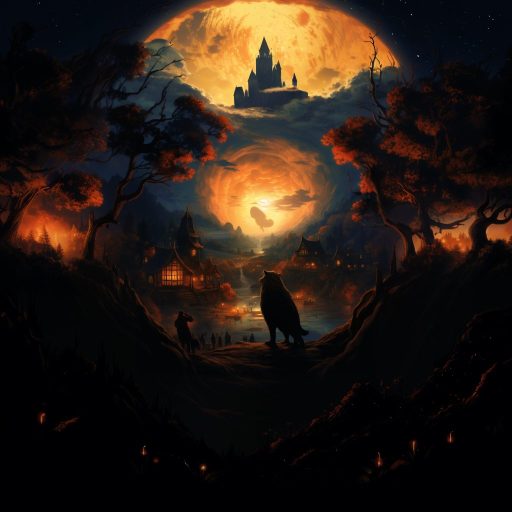
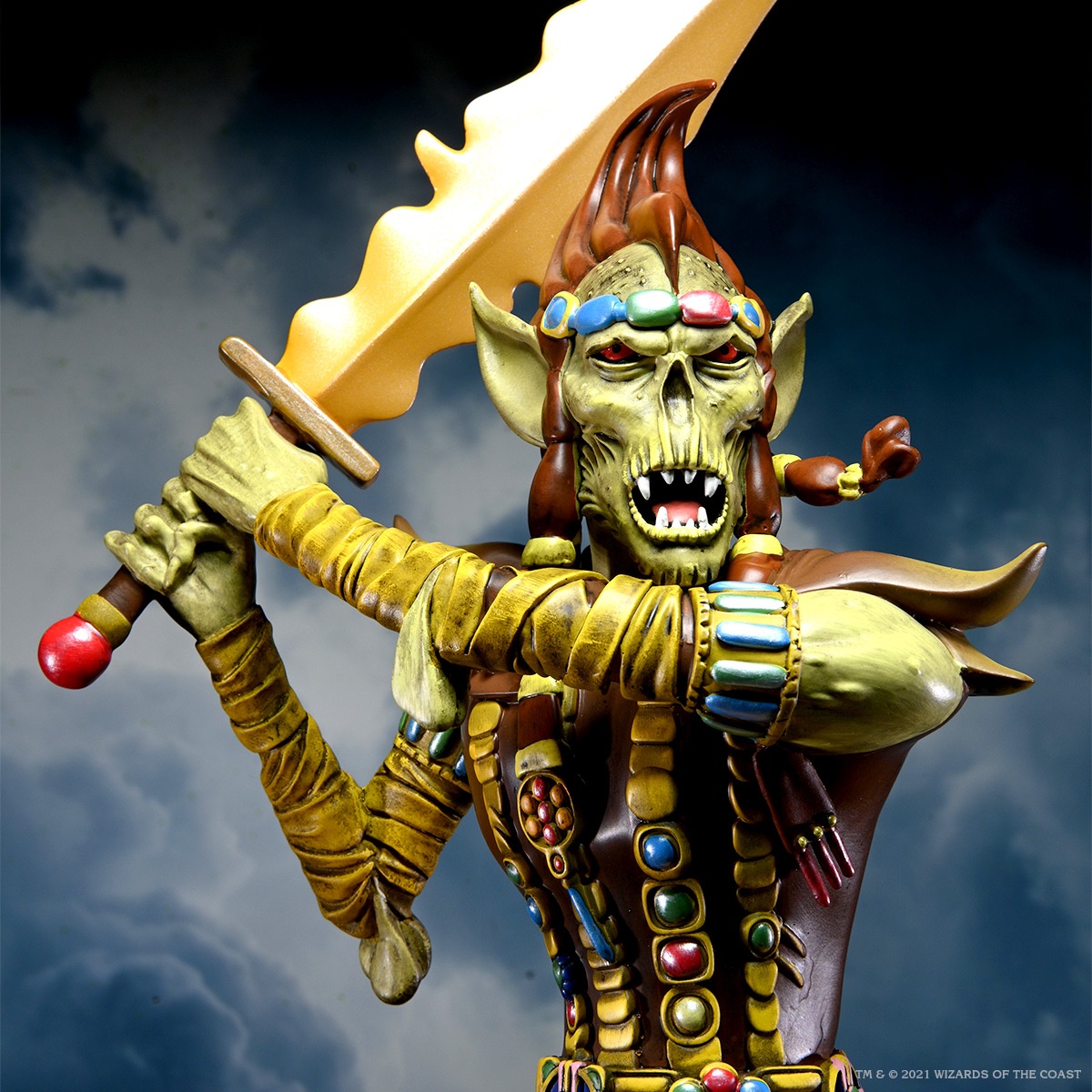
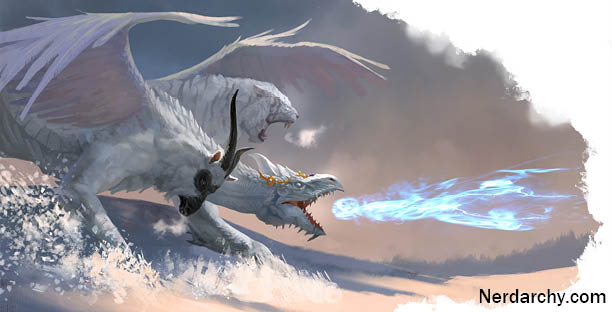
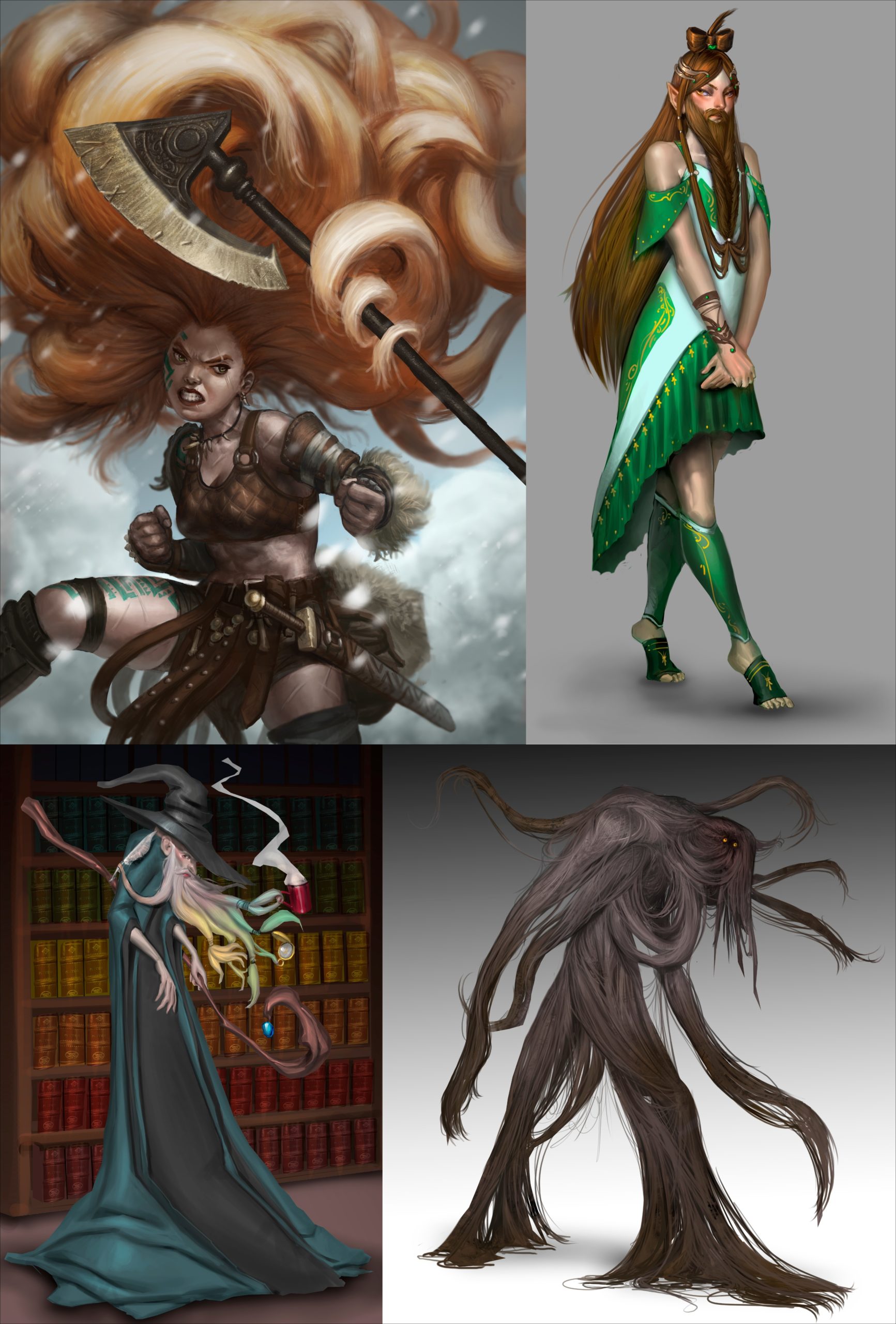
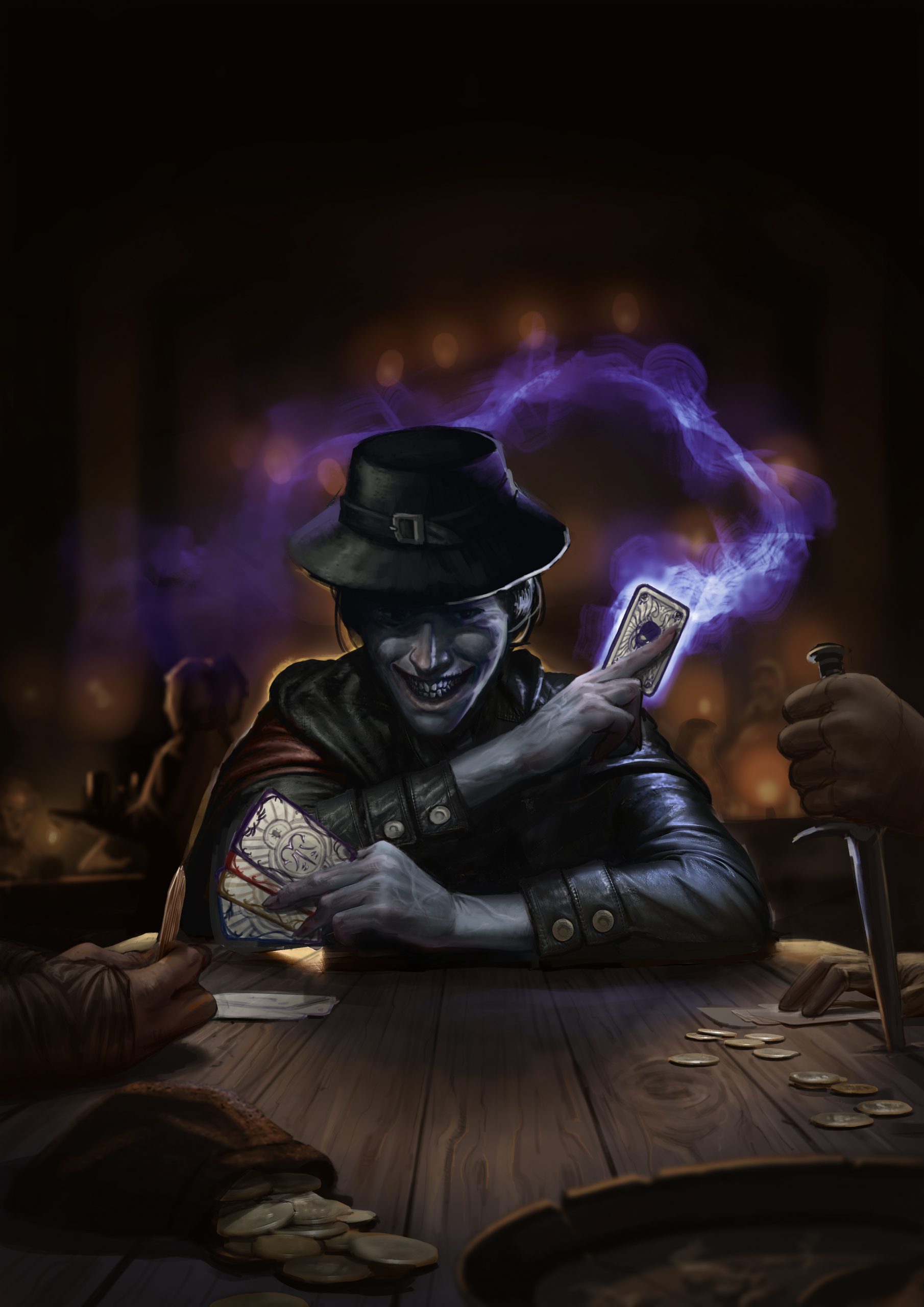
1 Comment